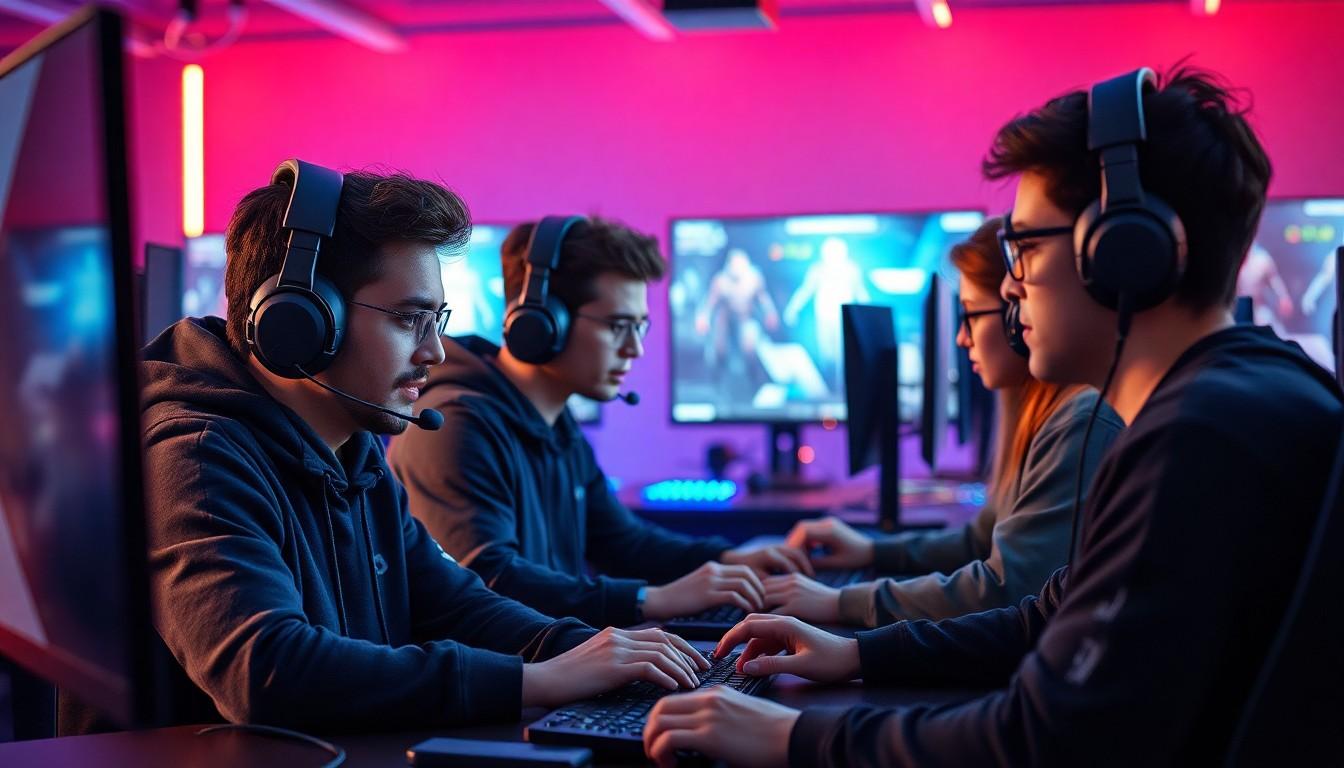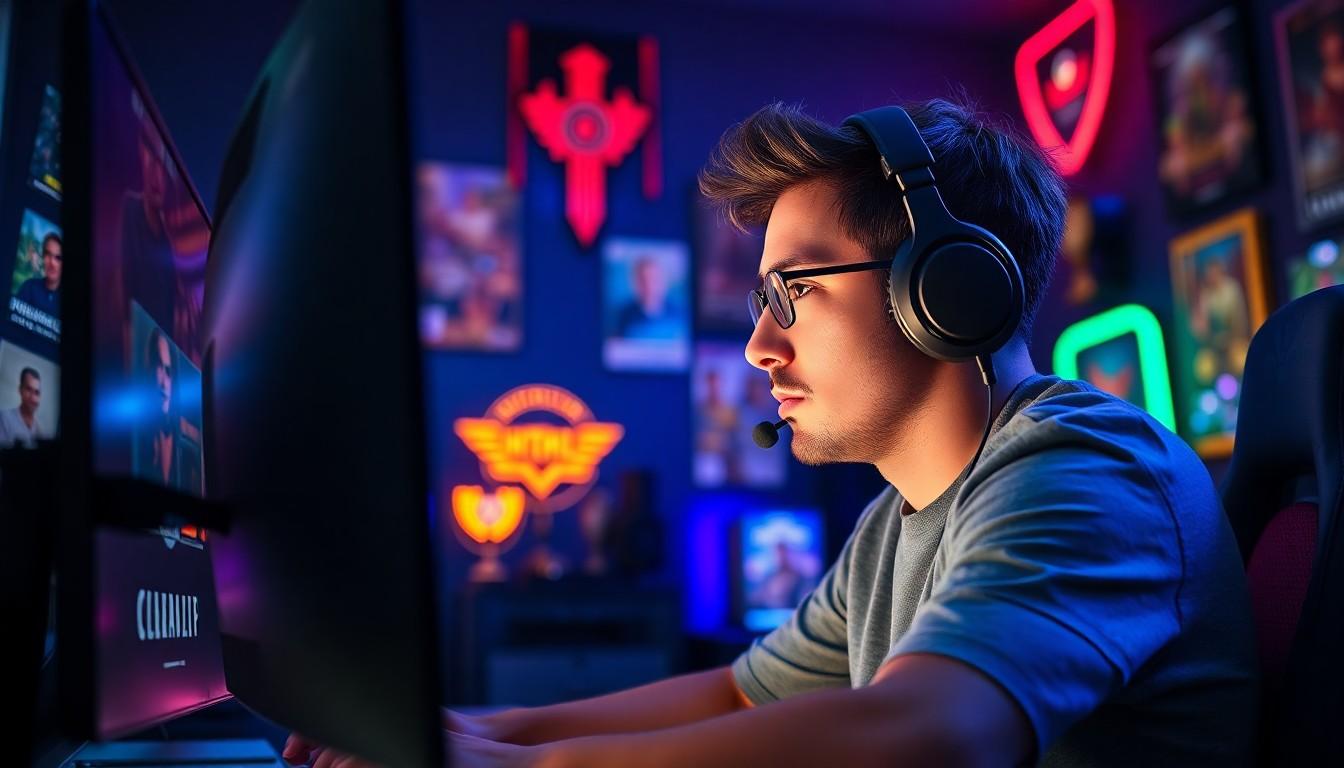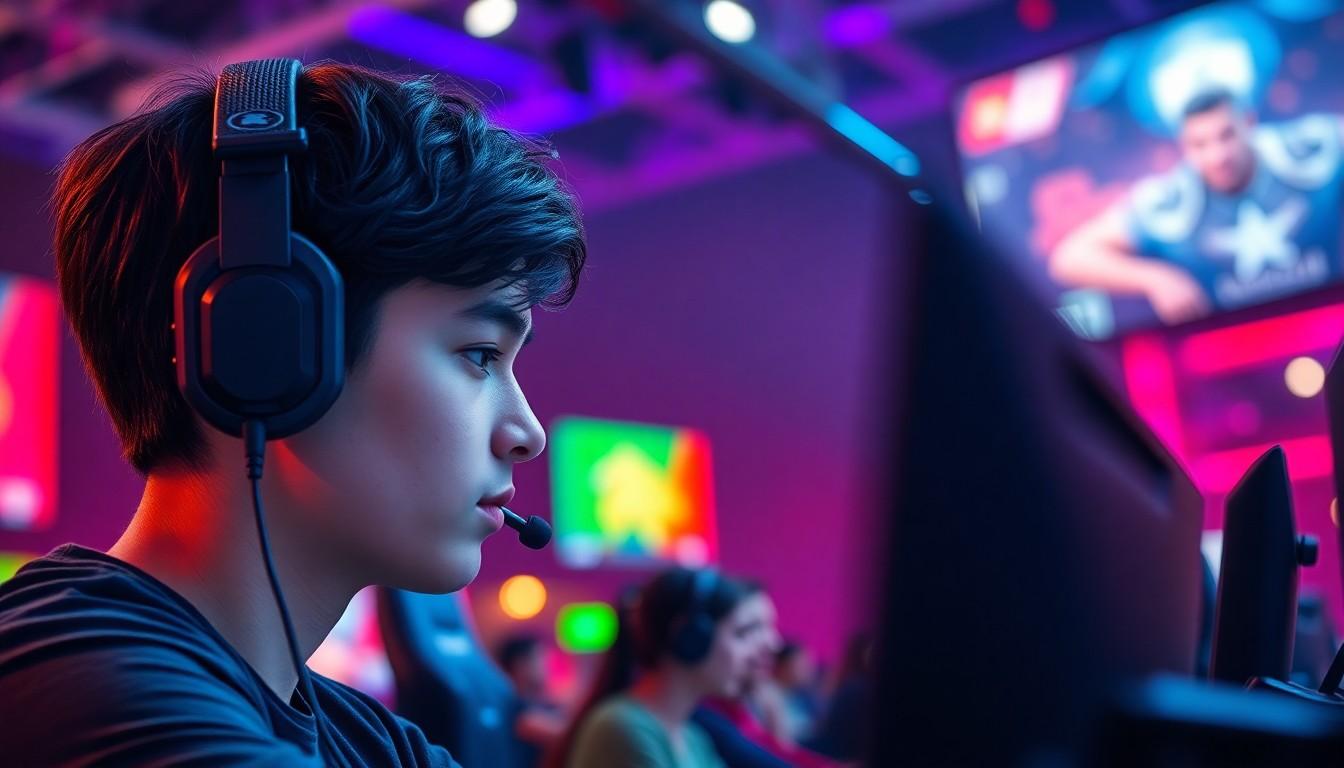In the fast-paced world of competitive gaming, strategies can make or break a player’s success. It’s not just about having quick reflexes or fancy moves; it’s about outsmarting opponents with clever tactics and a pinch of creativity. Think of it as a chess match where the pieces can shoot lasers and throw grenades.
Competitive Gaming Strategies
Competitive gaming refers to organized multiplayer video game competitions, often between professional players. This environment demands not only skill but also a deep understanding of strategies that can dictate the outcome of matches.
Definition of Competitive Gaming
Competitive gaming encompasses various genres, including first-person shooters, real-time strategy games, and fighting games. Organizing tournaments adds a layer of structure and excitement. Players compete in teams or individually for recognition and prizes. Many games featuring competitive elements thrive on platforms such as Twitch and YouTube, heightening their visibility and appeal among gamers.
Importance of Strategy in Gaming
Strategy holds immense significance in gaming. Success doesn’t rely solely on reflexes; it demands tactical thinking and foresight. Effective strategies can exploit weaknesses in opponents’ gameplay. They influence decisions like character selection and attack patterns. A well-developed plan enables players to adapt during crucial moments, ultimately affecting game outcomes. Competitive gamers constantly analyze opponents to refine their strategies and enhance performance.
Types of Competitive Gaming Strategies

Competitive gaming strategies can be broadly categorized into offensive and defensive strategies. Each category plays a critical role in achieving success in matches.
Offensive Strategies
Offensive strategies focus on aggressive tactics to dominate opponents. These involve character selection that maximizes attack power and speed. Players often prioritize high damage output, aiming for quick eliminations. Timing and proper use of abilities enhance offensive maneuvers. For instance, utilizing combos or special skills can catch opponents off guard. Furthermore, strategic map control enables players to position themselves advantageously, pressuring opponents. In team play, effective communication among teammates is essential to execute coordinated attacks. Aggressive positioning also forces the enemy to react defensively, further tipping the scales in favor of the attackers.
Defensive Strategies
Defensive strategies emphasize protection and sustainability during matches. Players prioritize character selection that offers resilience and crowd control. Control of key areas on the map can thwart opponents’ advances, forcing them into unfavorable positions. Dodge mechanics and shield abilities play vital roles in minimizing damage. Teamwork becomes crucial when devising counter-strategies, allowing allies to cover each other’s weaknesses. Additionally, maintaining awareness of health and resource pools ensures players remain viable throughout encounters. Players often adapt their tactics on-the-fly to counteract the opponents’ strategies, making defensive play just as dynamic and strategic as offensive maneuvers.
Analyzing the Best Competitive Gaming Strategies
Competitive gaming strategies evolve constantly, driven by successful tactics used in various tournaments. These strategies provide insights into effective gameplay and player dynamics.
Case Studies of Successful Strategies
Analyzing high-level matches reveals effective approaches. Players in first-person shooters often utilize quick map control to secure advantageous positions, enhancing their chances of victory. In fighting games, character selection plays a critical role; specific characters counter popular choices, creating unique matchup advantages. Team-based games showcase communication as a vital component; synergy between players can lead to coordinated attacks that overwhelm opponents. Each of these examples emphasizes adaptability and intelligence in strategy formulation, demonstrating the importance of learning from the best.
Lessons Learned from Competitive Gaming Events
Competitive gaming events demonstrate key lessons in strategy execution. Observers note that successful teams prioritize adaptability, changing their strategies based on opponents’ actions. Decision-making under pressure consistently influences match outcomes; teams that remain calm often capitalize on mistakes. Analyzing post-match data helps players identify what works effectively and areas for improvement. Studying the best teams highlights the necessity for teamwork and the integration of individual skills into a cohesive strategy, reinforcing the complexity of competitive play. As these lessons propagate, they elevate gameplay standards across the community.

Developing Your Own Competitive Gaming Strategy
Crafting a competitive gaming strategy demands a thorough understanding of personal play style and adapting techniques from successful players.
Assessing Your Play Style
Identifying one’s play style serves as the first step in developing an effective strategy. Players often find their strengths in offense, defense, or a balanced approach. Understanding individual preferences for aggression or support roles helps tailor gameplay strategies. Analyzing past performances reveals patterns that highlight what works best. Documenting wins and losses also provides insights into effective play elements. Players can then refine approaches based on these self-assessments to enhance overall performance.
Adapting Strategies from Top Players
Examining techniques used by top players can provide invaluable insights into effective competitive strategies. Successful players frequently emphasize careful character selection, enabling them to maximize strengths that exploit opponents’ weaknesses. Observing their movement patterns reveals adaptable tactics in real-time situations. Watching tournament replays showcases how communication and teamwork play crucial roles in winning matches. Players who study these high-level tactics can incorporate elements into their gameplay, fostering continuous improvement. Analyzing decision-making under pressure from top players sharpens understanding of effective responses in various scenarios.
Enhanced Performance and Greater Achievements
Mastering competitive gaming strategies is essential for anyone looking to excel in the fast-paced world of organized gaming. By blending offensive and defensive tactics players can create a versatile approach that adapts to different opponents and situations. The ability to analyze gameplay and learn from both victories and defeats fosters continuous improvement.
As players refine their strategies and incorporate insights from top competitors they elevate not only their own gameplay but also contribute to the overall evolution of the gaming community. Ultimately success in competitive gaming hinges on a player’s commitment to strategy development and adaptation under pressure. Embracing this mindset will lead to enhanced performance and greater achievements in the competitive arena.

